6 Factors to Conquer Your Amazon Competitive Analysis
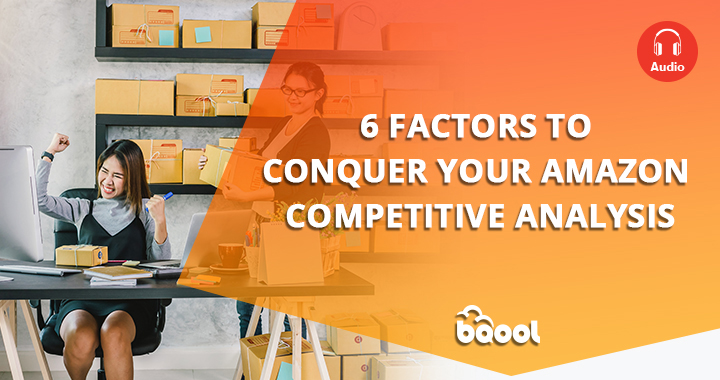
There are over 2.5 million Amazon sellers worldwide, and there might be thousands in each product category. Under this circumstance, the odds of encountering intense competition when selling on Amazon are high. Therefore, conducting a competitive analysis is important for Amazon sellers because it gives you ideas to identify your product’s advantage and stay ahead of your competition. The following are some Amazon competitive analysis criteria that you should notice:
1. Number of Sellers on Amazon
The most basic competitive analysis is understanding who they are and how many there are. First of all, if Amazon or other big famous brands already sell it, you should avoid selling it. Because of their scale, they will have a better bargain price and discount. That is to say, you will encounter formidable competition.
Second, you should avoid selling the products that are already sold by many sellers unless you have a superior advantage over others. For example, you will have the competitive advantage of using FBA while most of the sellers are offering FBM, or you can provide prime eligibility for the product since Amazon Prime’s user numbers continue to grow. You can avoid competition with non-prime eligible sellers.
2. Listing Quality
It’s the essential thing that you should do before you launch any products. High-quality listing can improve not only the customer experience but also the discoverability of your products. To have a higher chance of your products outranking your competitors in search results, you can find the keywords your competitors use for their listings and reverse engineer their SEO strategy.
To alleviate your burden, you can utilize Amazon competitive analysis and research tools such as BQool’s BigCentral. Its Reverse ASIN feature will help you discover your competitor’s high volume search keywords, and you can add these keywords to your product listings to optimize your related search results and gain more traffic.
3. Product Reviews
Reviews offer informative details about your competitor’s product. If you are targeting a product, try to look at the product page. If each of the top 5 sellers who sell the product has more than 100 reviews, it might be too competitive for you to enter. On the contrary, if there are less than 100 reviews, it might be easier for you to get into the top 5.
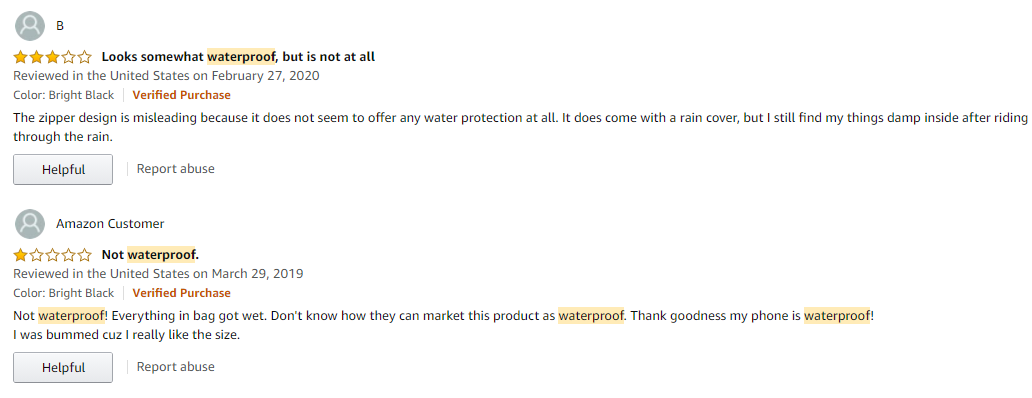
Other information you can learn from reviews is valuable customer feedback. Go through all of the 1-3 star reviews and note down what consumers are complaining about, especially for those verified reviews. It helps you to understand their needs, and you can improve your product accordingly. You can also address the common concerns that shoppers will have in your product title and descriptions to optimize your Amazon SEO for this listing.
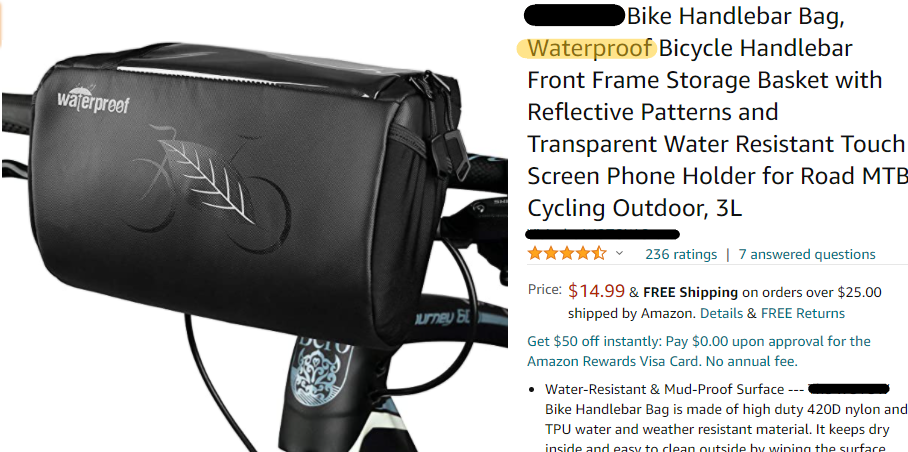
4. Pricing Strategy
We’ve known that pricing has an immense impact on sales and winning the buy box. However, is there a way to keep lowering your price? There are always some direct costs, including product cost, shipping fee, and Amazon fee. Since they will eat into your profit, the lower your price is, the lower your margin is. For example, if your competitor lowers the price for a certain period, they were likely running some promotion. The price will be raised once the promotion period is over and market share objectives are achieved. The difficulty is that you would not know their prices or when they start the promotion unless you keep monitoring on Amazon continuously.
Using a business analytic tool is the easiest and fastest way to monitor competition and can bring more complete and comprehensive results, such as price increase and decreases over time due to market changes or new trends, or which products your competitor offers do not have stock, etc. With BQool’s Product Tracker tool, you can add several products to the list for price comparison. You can also compare their review numbers, sales, inventory, etc. Knowing these insights can help position your products against competitors.
5. Inventory
Competitor inventory tracking is also the key factor to consider in Amazon competitive analysis. The information of a stock-out product will be a great indicator of the best performing product of competitors. Furthermore, if you can detect your competitor’s product is out of stock in advance, the chance of selling it will increase immediately.
To get the advantage from this opportunity, you can set up alerts with BQool’s BigCentral for your competitor’s product if there are any changes to their inventory. You can steal customers from your competitors and set higher prices for increasing profit margin when they are out of stock.
6. Sales Rank
The more units sold, the higher the seller rank you have. However, the fact is that rank is just a floating number, so it changes with time. How could you predict if there will still be enough demand for your product?
BQool’s BigCentral can also figure it out for you with its advanced competitive analysis tool. It will provide you with an accurate estimate of the monthly sales number to help identify sales potential. In addition, you can look at the sales trend to see whether it is growing or declining. If it shows consistent increases or steadiness, it might be a great choice for you to sell the product.
Conclusion
Above are the 6 factors you should consider when conducting Amazon competitive analysis. To do this more efficiently, you can utilize BQool BigCentral to gather a volume of information and understand what the competition is doing.
To conduct an in-depth Amazon competitive analysis, you can watch this video. You will learn how to compare your products against similar competitors’ products and measure up for each factor based on the competitive data we have gathered to optimize your listings and define your marketing and sales strategies.
This blog post was originally published in August 2017 and was updated by Christina Chen in January 2021 due to product updates or Amazon policy changes.

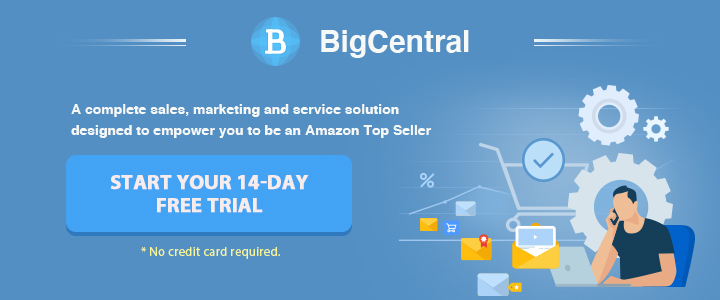

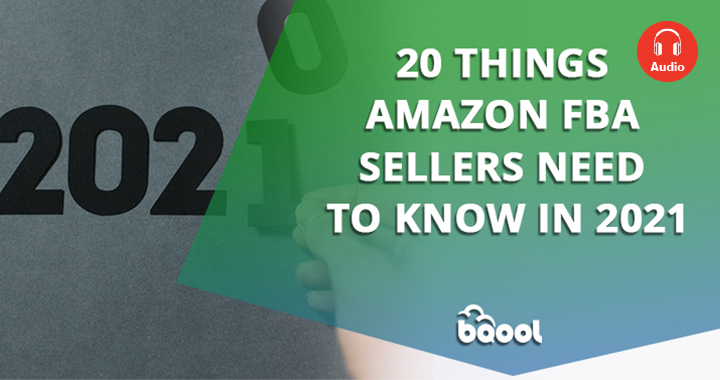
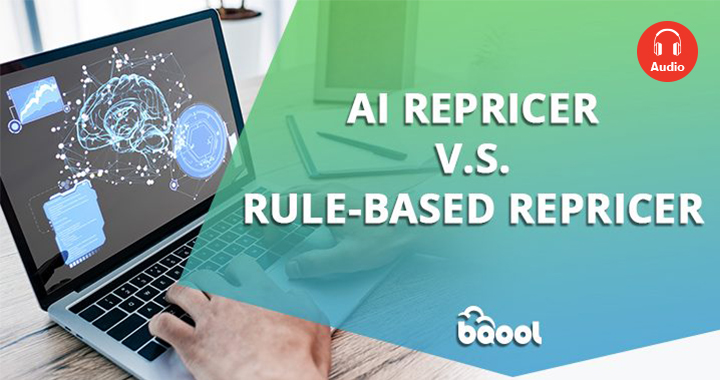





February 6, 2021
Hi Christina,
got some really helpful info about competitive analysis from your research-rich discussion in this article. All of your points are really important for competitive analysis but I think now in 2021 we need to more focus on auditing product listing properly and besides that, we need some look at competitor’s ad campaigns and their targeted keywords.